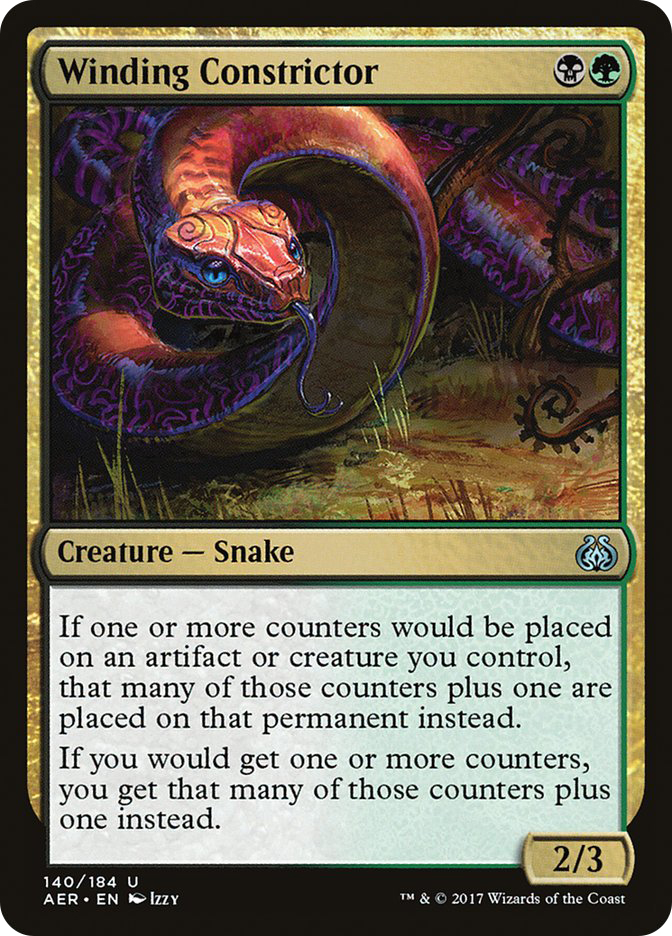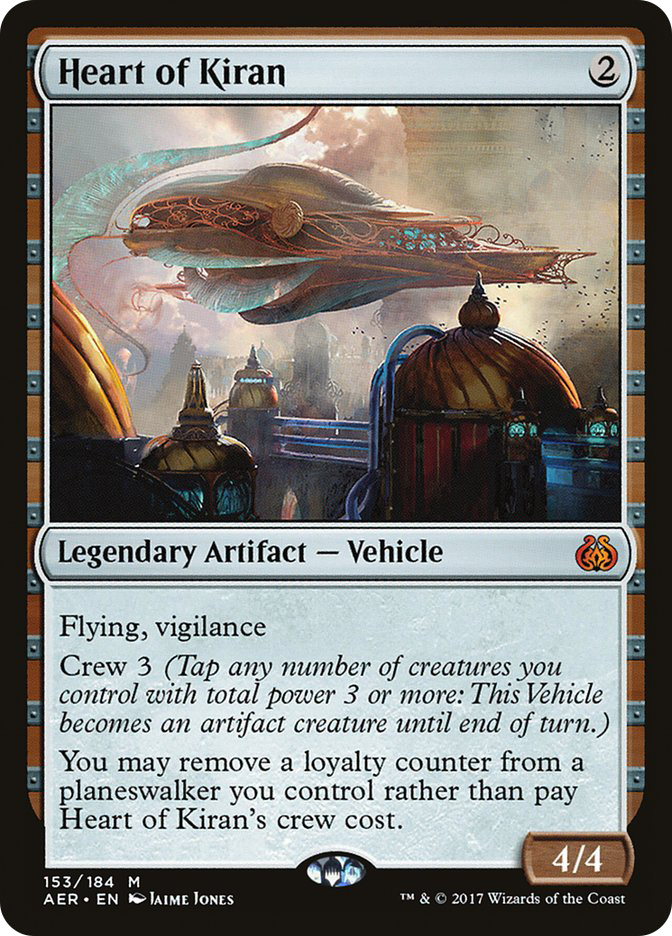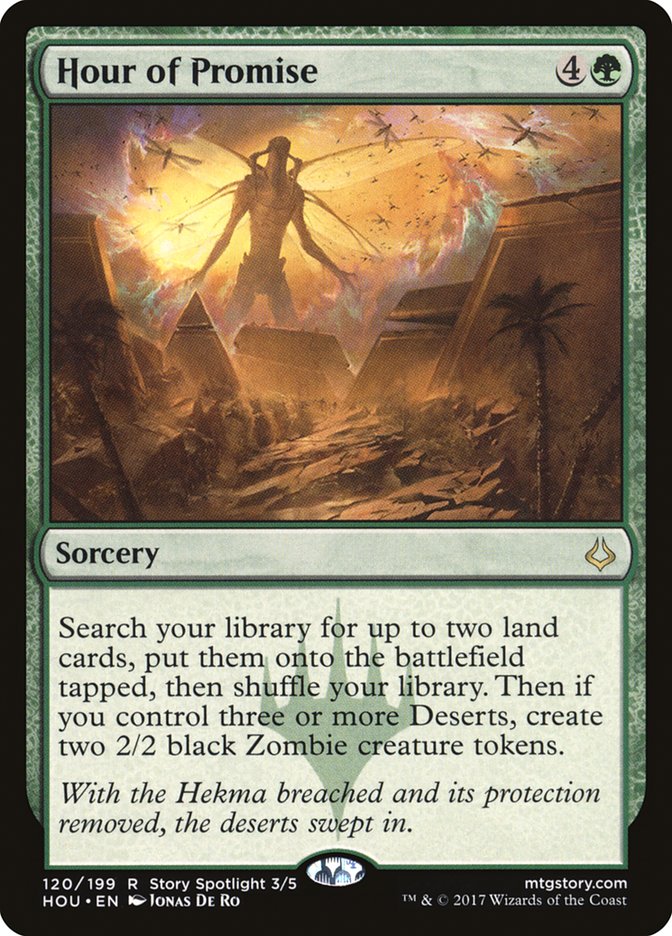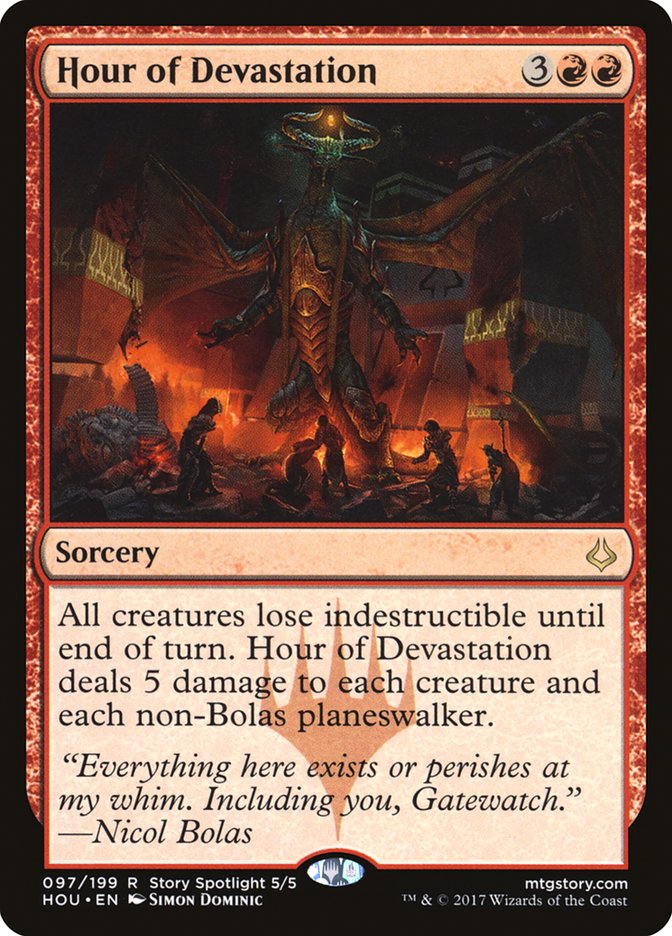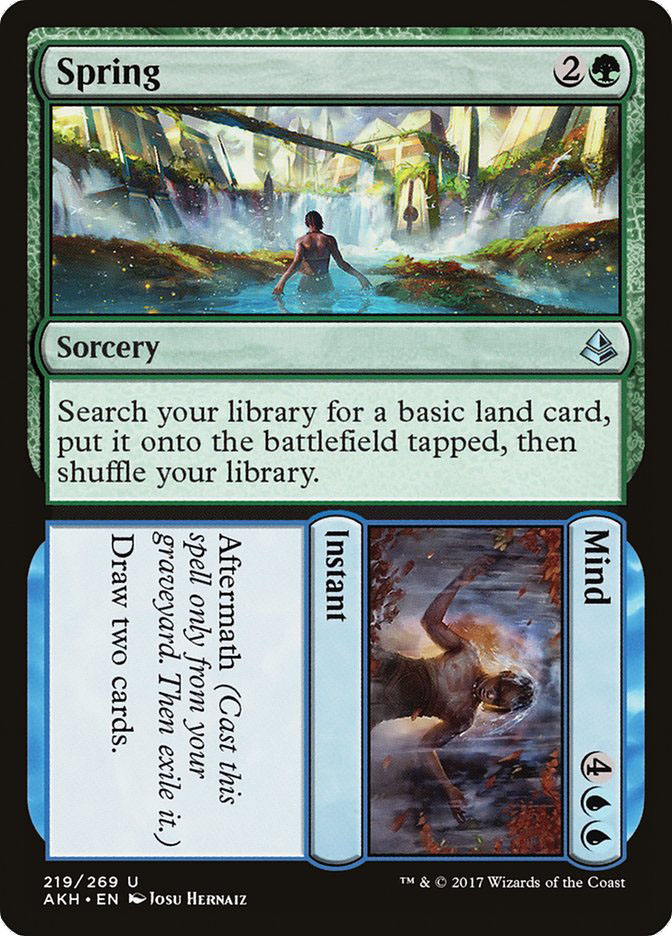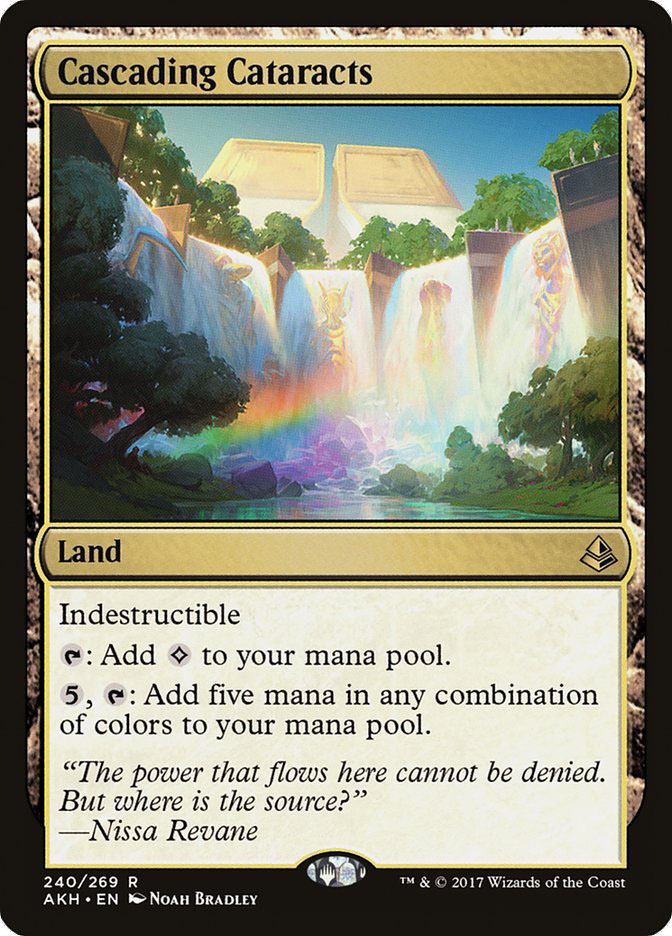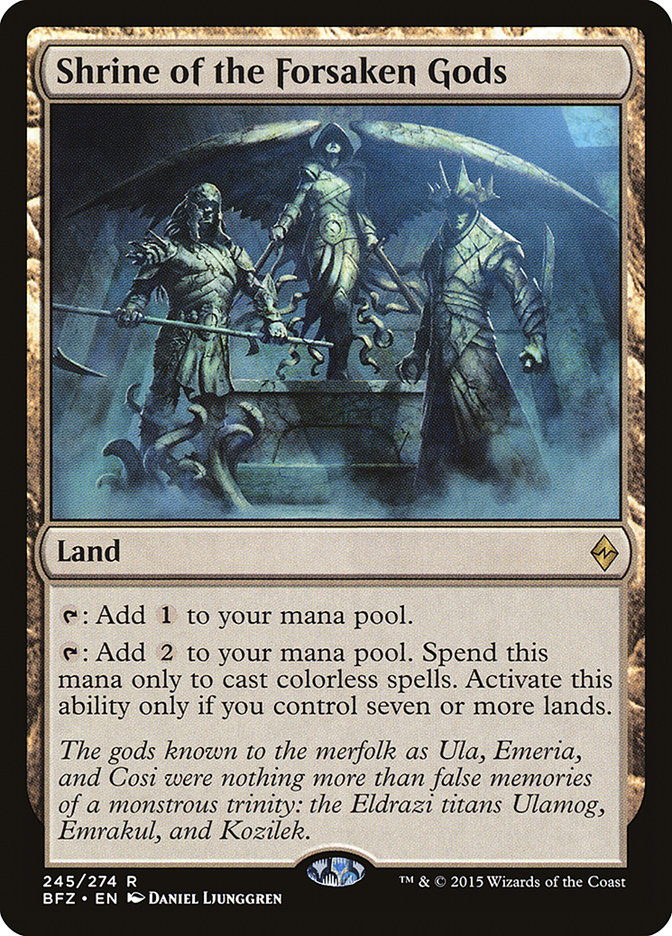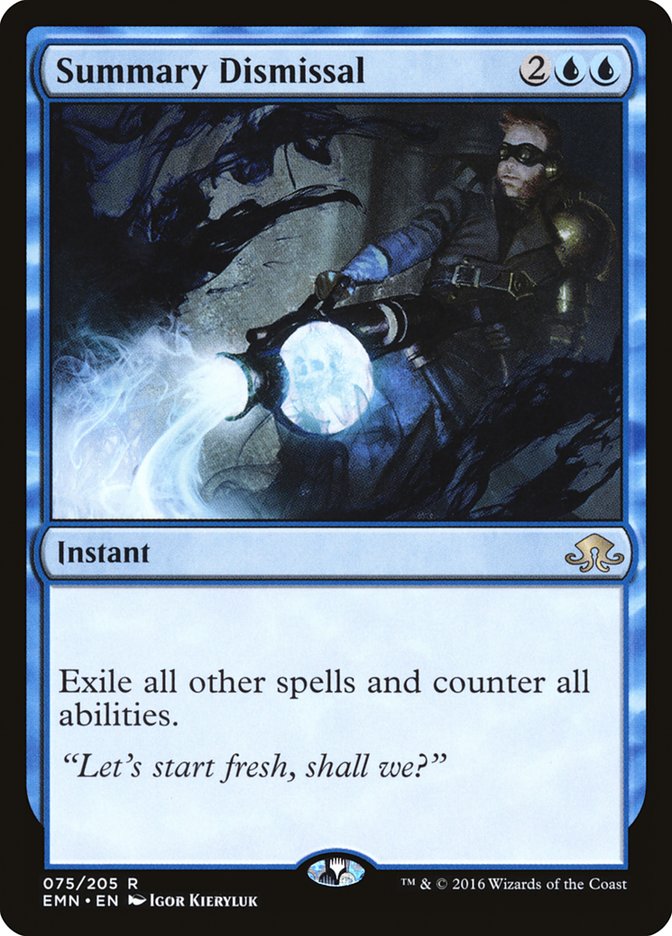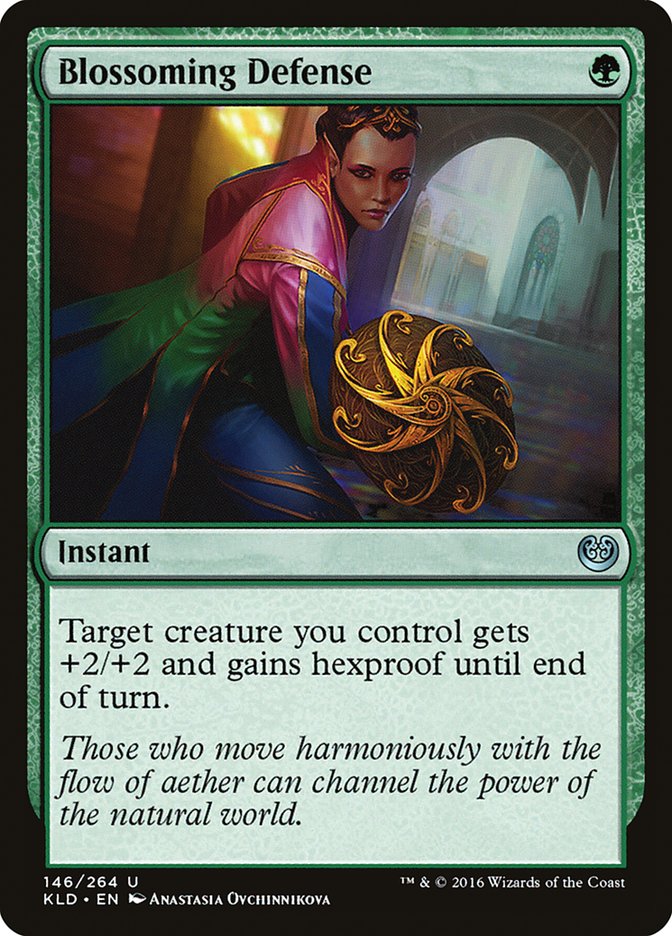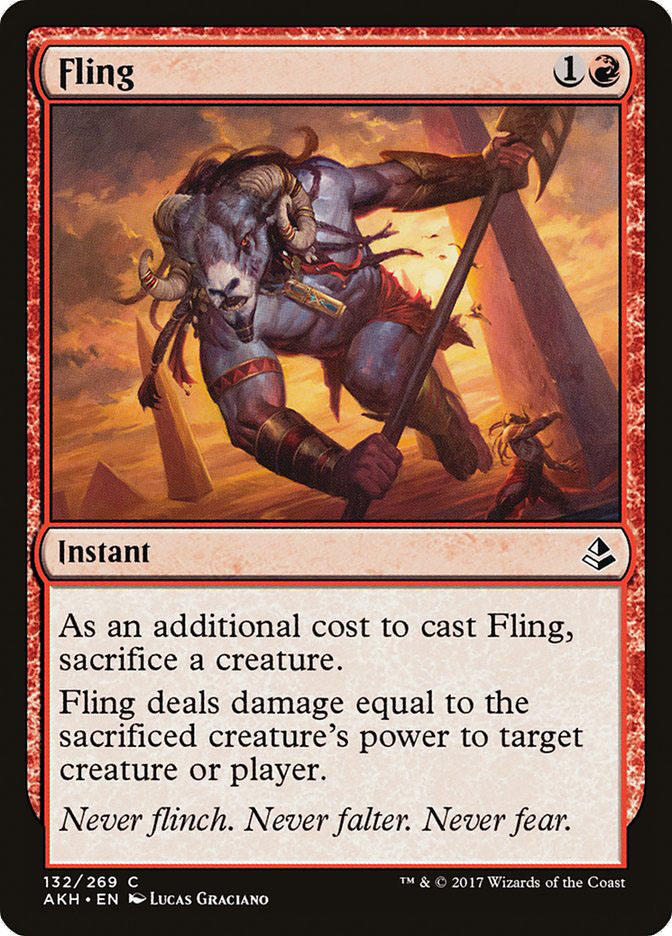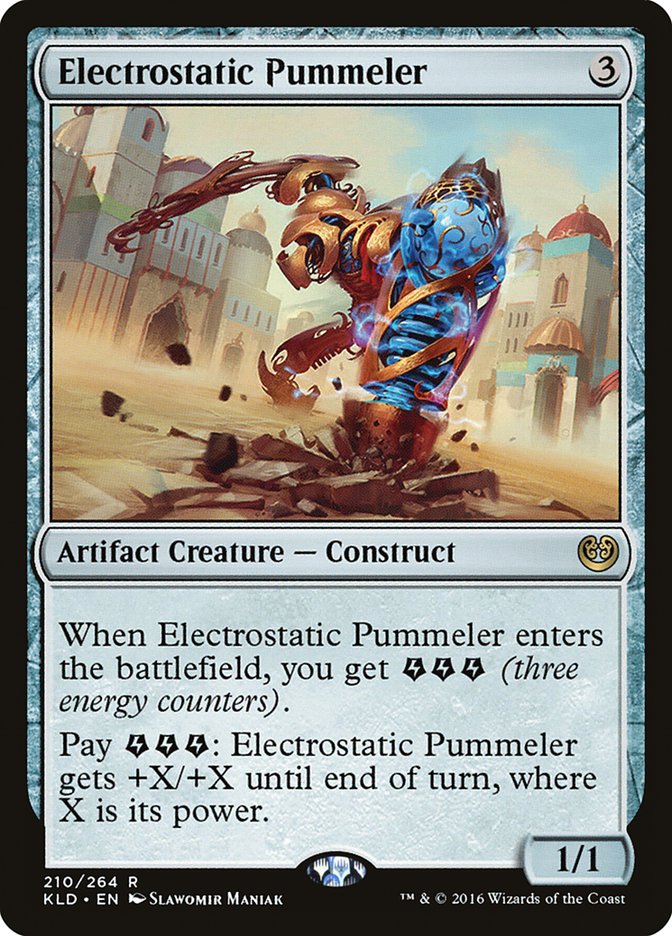The new Standard seems to be shaping up to be much like the previous Standard format…with a few major exceptions. The problem is that we didn’t get to see much of the old Standard format because there was only one major tournament featuring the format after Aetherworks Marvel got banned. A lot of people on this fine website have been giving you useful information about new archetypes and new decks using Hour of Devastation cards, yet not going too deep on the established archetypes that are sure to crop up at the first few Standard tournaments over the next month.
While the Standard format will certainly change a bit, both as a response to some of the more powerful cards in Hour of Devastation and because there are a few new archetypes to worry about, many of the decks you’ve come to know over the last six months or so are mostly intact. B/G Constrictor, Mardu Vehicles, U/R Control, and a few others are still around and are still fine choices for your next Standard tournament, so long as you know how to build them. And with the cards from Hour of Devastation making an impact, it is more important than ever that you know what will show up, how to play around stuff, and what sideboard strategies are needed to fight off these new problems.
So today, in preparation for SCG Cincinnati and beyond, I’ll be going over the three decks I think will have the biggest impact on the Standard metagame in the first few weeks and why. Plus, as a bonus, I’ll try to throw in my two cents on where the format will be going leading up to Pro Tour Hour of Devastation. Let’s get started!
Ramping Up
First on my list of “decks to look out for” is G/R Ramp, mostly getting a boost thanks to this little gem.
Hour of Promise wouldn’t be too much of a problem if it weren’t able to fetch up two copies of Shrine of the Forsaken Gods, but here we are. Ulamog, the Ceaseless Hunger is back again, and this time we aren’t trying to cast it by spinning a wheel. Instead, we’re just casting it the old-fashioned way on the fifth turn. Not too shabby, eh?
While we saw something similar to this in the last few weeks of Aetherworks Marvel Standard with Ulvenwald Hydra ramping into Ulamog, the Ceaseless Hunger, Hour of Promise seems to be taking it one step further. There are a plethora of ramp spells that can get you to five mana on the fourth turn, and a timely Hour of Promise has you hitting Ulamog, the Ceaseless Hunger right on schedule. Is it as powerful as Aetherworks Marvel? Probably not, but that isn’t all this ramp deck gains from Hour of Devastation. In fact, it also gains the marquee card of the set.
Casting Hour of Devastation on the fourth turn is also pretty hard for many decks in the format to beat. Archangel Avacyn and Selfless Spirit can’t protect you from this battlefield-wiping effect, and it even cleans up most planeswalkers to boot. While Hour of Devastation won’t always kill the biggest creature around, thanks to stuff like Verdurous Gearhulk, it has a way of buying you time. And as a ramp deck, all you need is time to cast Ulamog, the Ceaseless Hunger to take care of whatever your opponent is able to follow up with.
Hyper-aggressive strategies might be able to go under the G/R Ramp deck, but my gut tells me that Hour of Devastation will put an end to those hopes rather quickly. Or, alternatively, you can just get your nut draw Ulamog, the Ceaseless Hunger on the fifth turn and beat just about every deck in the format. Either way, the G/R Ramp deck is the real deal and is my top contender for what I’m going to play this weekend at SCG Cincinnati.
Here is the list I’ll be starting with, though there is a good chance I make changes over the next few days leading up to the event.
Creatures (7)
Lands (25)
Spells (28)

As much as I hate ramp strategies in general, this one looks pretty good on paper. As you can see, we aren’t messing around when it comes to the numbers. We want a few things to do early, and I think Abrade is better than playing Harnessed Lightning plus a few energy generators. Abrade being able to deal with Heart of Kiran can buy you a ton of time, but it also gives you access to a removal spell with a bit of bite against some artifact-based decks that might show up. Abrade smashing up your opponent’s Hedron Archive or random Vehicle makes it one of the better removal spells in Standard at the moment. While Harnessed Lightning is likely still the best, our lack of energy generation makes us lean heavily on the new split removal spell.
Some versions try to splash off colors, but I’m not really about that life. You could play Spring // Mind and a Cascading Cataracts, or possibly even Cut // Ribbons as your two-mana removal spell. And honestly, I don’t know which version is better. With the ability to fetch up a ton of different basic lands with your ramp spells, splashing a color isn’t that difficult, but making sure you have the right colors to cast your early spells is paramount, and one reason I’m not messing around with a third (or fourth) color. What I do love about Natural Connection is that it lets you hold up either a ramp spell or Kozilek’s Return on the third turn, and it seems like a natural inclusion if we aren’t trying to use both halves of Spring // Mind.
I’ve also seen people play a bunch of Deserts to try to trigger the secondary ability of Hour of Promise, but I haven’t seen it happen yet. Getting two copies of Shrine of the Forsaken Gods is almost always better. Playing Deserts will allow you to facilitate a sideboard plan that’s better against Lost Legacy, relying mostly on Eldrazi like Reality Smasher and Thought-Knot Seer, but I wanted Cinder Glade as my multicolor land to make sure my later land drops don’t enter the battlefield tapped while also giving me a healthy number of red sources for Hour of Devastation.
Building this deck is all about maintaining balance. We don’t want to get too fancy, and we don’t want to lose sight of what our main goal is. Casting big Eldrazi as early as possible is what should matter most. Very few decks in Standard can beat an early Ulamog, the Ceaseless Hunger, so doing everything in our power to cast it ASAP should be the primary focus. What you do with Deserts or casting off-color spells is entirely up to you, but in the opening week, I would try to build my deck like this.
There is a good chance that this deck actually has too many ramp effects and should try to play more interactive cards. Right now, the only cards in our deck that interact with our opponent before we hit seven mana are Hour of Devastation, Kozilek’s Return, and Abrade. I wouldn’t mind cutting Hedron Archive for a few more interactive cards, but I’m also afraid of having too few ramp spells in the first game. After sideboard, games should slow down a bit, so having access to cards like Hedron Archive becomes more important. Not only does it ramp quickly, it can also give you some draws at finding a relevant card if you’re flooding out. And in a ramp deck, a card that can do both is rather impressive at times.
I don’t want to go too deep into this, but if you’re a control player going into SCG Cincinnati this weekend, make sure you bring plenty of copies of Summary Dismissal to fight this deck. Either that, or you splash black for some discard effects. The cast triggers on both World Breaker and Ulamog, the Ceaseless Hunger can cripple your mana in ways where it will be tough to recover, even if you’re able to counter the big Eldrazi. If you don’t pack Summary Dismissal, you’re going to lose to this deck.
Trust me. I’ve tried.
Ramp’s Bad Matchups
Two decks in Standard that could potentially cause problems for G/R Ramp, yet can stand on their own against the rest of the field, are B/G Constrictor and G/R Energy Aggro. In the past, we’ve seen G/R Energy Aggro steal matches from Aetherworks Marvel at the Players’ Championship, but it has only gotten better since then. People just don’t realize it because the deck looks too gimmicky.
I’ll start by saying that Blossoming Defense is secretly one of the best cards in the format, and it is no wonder that both of these decks I’m about to show you play it. While Blossoming Defense is one of the best cards for fighting spot removal, it can do so much more. From helping your creatures finish off a planeswalker to messing up blocks from your opponent, Blossoming Defense is a premier spell for creature-based aggressive decks. And when your deck relies on two-drop creatures to do a lot of heavy lifting, Blossoming Defense can buy you just enough time to put those creatures out of range for normal removal or even damage-based mass removal.
Let’s look at the two decks.
Creatures (21)
- 4 Longtusk Cub
- 4 Voltaic Brawler
- 4 Bristling Hydra
- 4 Electrostatic Pummeler
- 3 Servant of the Conduit
- 2 Glorybringer
Lands (21)
Spells (18)

It is important that I talk separately about each of these strategies, because they aren’t exactly doing the same thing. Sure, both play creatures, sling a few removal spells, and utilize energy, but the G/R Energy Aggro deck is trying to kill you much sooner, and in a much splashier fashion. Instead of building a huge battlefield and using your large creatures to attack, the deck can combo-kill you with Electrostatic Pummeler from seemingly out of nowhere. On top of that, the deck is also using Fling as an alternate method of combo-killing you later in the game without even needing to attack.
While Fling can be a dangerous card to play, as it will be a dead card until it kills the opponent, it does give you a way to win the game without going through combat while also playing around spot removal. If you have enough energy, you can cast Electrostatic Pummeler, pump it with its ability, and then cast Fling to end the game out of nowhere. If you have enough mana, you don’t need as much energy because you can use your pump spells to get the party started early. Plus, if you’re able to get in a few punches early on with Longtusk Cub or Voltatic Brawler, you won’t need to pump it nearly as much.
All of the creatures in this deck, besides Servant of the Conduit, pose major threats to slower decks. Blossoming Defense can protect those threats as long as you’re able to hold up a single mana, and eventually you’ll be able to find a spot to kill them in a blaze of glory with something like Larger Than Life or Invigorated Rampage.
While I’m not 100% sold that this deck is good enough to win the tournament, I do think it poses a major threat to what I believe to be the best deck in the format: G/R Ramp. We’ll have to wait and see just how right or wrong I am, but I couldn’t fathom beating this monstrosity with G/R Ramp.
Creatures (25)
- 3 Verdurous Gearhulk
- 4 Longtusk Cub
- 2 Greenbelt Rampager
- 4 Winding Constrictor
- 3 Rishkar, Peema Renegade
- 4 Glint-Sleeve Siphoner
- 4 Walking Ballista
- 1 Rhonas the Indomitable
Planeswalkers (3)
Lands (21)
Spells (11)

The B/G Constrictor deck should look familiar to you, because it is almost an exact replica of the version I talked about leading into the StarCityGames.com Season One Invitational. For a long time, it was my front-runner for the tournament, but it was eventually overtaken by W/U Monument. As you can plainly see, neither of these decks incorporates cards from Hour of Devastation, which isn’t surprising, since both are based around the energy theme from Kaladesh. While both feature Blossoming Defense as a key part of their strategy, the G/R Energy Aggro deck pushes it to the limit. B/G Constrictor, on the other hand, uses it like an off-hand counterspell to protect its more important two-drop creatures.
B/G Constrictor has been a major part of Standard for months now, and is one of the few decks since Aether Revolt to survive bannings. It fell to the wayside during the era of Felidar Guardian and Aetherworks Marvel, but has since shown that it can stand up to the fair decks in the format. While I personally prefer a much more fluid version of the deck using Grim Flayer and/or Mindwrack Demon, I can see the appeal of energy-based version. Your creatures and energy cards work well with Winding Constrictor, but you tend to be much more one-dimensional. Acting at a faster speed usually requires some sort of sacrifice, and here our sacrifice is our ability to morph into a midrange/control strategy after sideboard.
One key point I’m trying to drive home with the above list is that Tireless Tracker doesn’t strike me as a good card in the deck anymore. Without access to a slower gameplan after sideboarding, it becomes much less important to have a grindy card like Tireless Tracker. The decks we’re trying to beat have spells that outclass Tireless Tracker in a hurry, and we can’t easily translate those extra cards drawn into removal spells for opposing creatures. Since our deck is so aggressively slanted and one-dimensional, I don’t think it is reasonable to assume that Tireless Tracker packs the same punch here that he would normally pack in a midrange green strategy.
What I like most about the B/G Constrictor deck is that your cards do a lot of the same stuff, but you aren’t all-in like the G/R Energy Aggro version. You can play a longer game, generating small advantages from Nissa, Voice of Zendikar or Winding Constrictor, but you can also close games quickly when your opponent stumbles. I’ve won a lot of games by just casting and protecting Longtusk Cub. Once it hits a certain size, many decks won’t be able to get it off the battlefield. And in a lot of those scenarios, you also don’t have to apply more pressure to the battlefield, which can protect you from a wrath effect.
Of these two decks, your better bet at beating a G/R Ramp filled metagame is the G/R Energy Aggro deck. You’ll prey on people who are trying to figure out how to use their new deck, and you’ll also punish people who are a little too slow coming out of the gate. The downside is that, if your opponent’s deck is well-tuned and full of interaction, you might not be able to keep up. In an unknown field, decks like G/R Energy Aggro shine because they’re able to take advantage of unprepared opponents. As decks develop and they know what they’re supposed to be attacking, it can be much more difficult for a deck like G/R Energy Aggro to thrive. We see more “Edict” effects to take care of Bristling Hydra. We see more cards like Fumigate to get around Blossoming Defense. But for one shining moment, G/R Energy Aggro can take the spotlight. Don’t fear giving it a whirl.
Standard at SCG Cincinnati and Beyond
I believe that the Pro Tour will feature a vastly different metagame from what we’ll see over the next two weeks. I think we’ll see more control decks show up once we know what we’re fighting, and I think we’ll also see some old friends return to ruin the party. I’m looking at you, Mardu Vehicles.
Standard is in a fine place at the moment, with six or seven archetypes vying for the top slot. It has been quite a while since we’ve seen anything like this, but we did get a taste at the Season One Invitational just a few weeks ago. Now that we have an entire new set to work with, I’m genuinely happy to be playing Standard again. It is so refreshing to not be under the pressure of Emrakul, the Promised End or Felidar Guardian combo or Aetherworks Marvel. Now that Standard has some room to breathe, I expect quite a few weird decks to make a push. I also expect a rotating metagame where one deck gets a big target on its back and gets pushed out the next week. You know, how Standard is supposed to work.
With such a vast number of cards to work with, and many of them being “unlocked” with the banning of Aetherworks Marvel (and Felidar Guardian before it), I am pretty pumped to see what people are going to show up with. I don’t expect G/R Ramp to stay dominant for very long, and I could just be flat-out wrong about how good it is going to be this weekend. What I am sure of is that people are going to want to play with some of these new cards from Hour of Devastation, and the G/R Ramp deck showcases two of the marquee spells from the set. I’m guessing that Hour of Promise wasn’t designed to be in the same format as Shrine of the Forsaken Gods, instead being a ramp spell that provides a buffer of blockers against more aggressively slanted strategies, we’re going to be dealing with quickly cast copies of Ulamog, the Ceaseless Hunger for a few more months.
After that, who knows.
This weekend should be an absolute blast at SCG Cincinnati. Come if you can, and go watch at twitch.tv/scgtour if you can’t. It won’t be hard to find me. I’ll be the one casting giant Eldrazi and laughing all the way to the finals (where I’ll get smashed by Electrostatic Pummeler).



